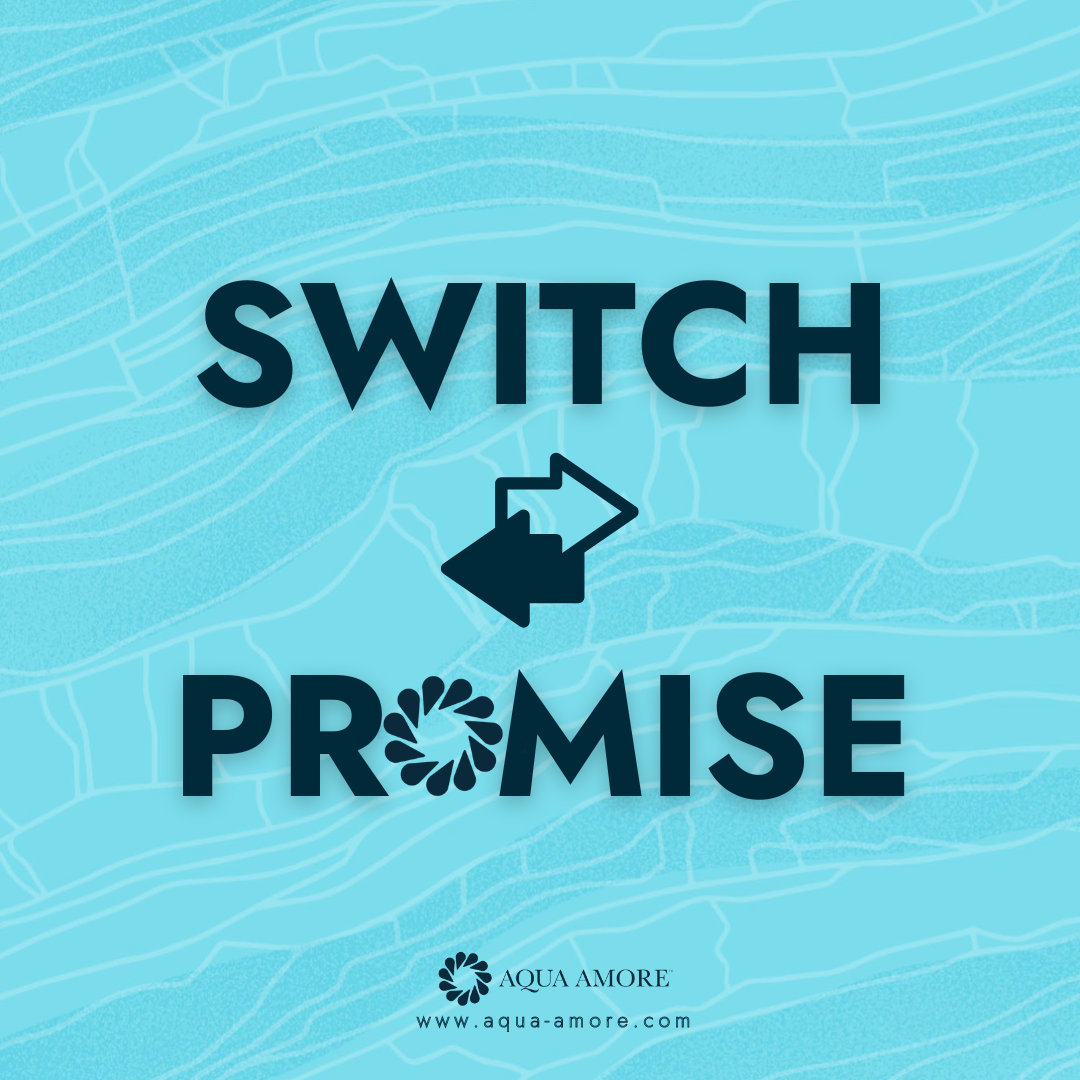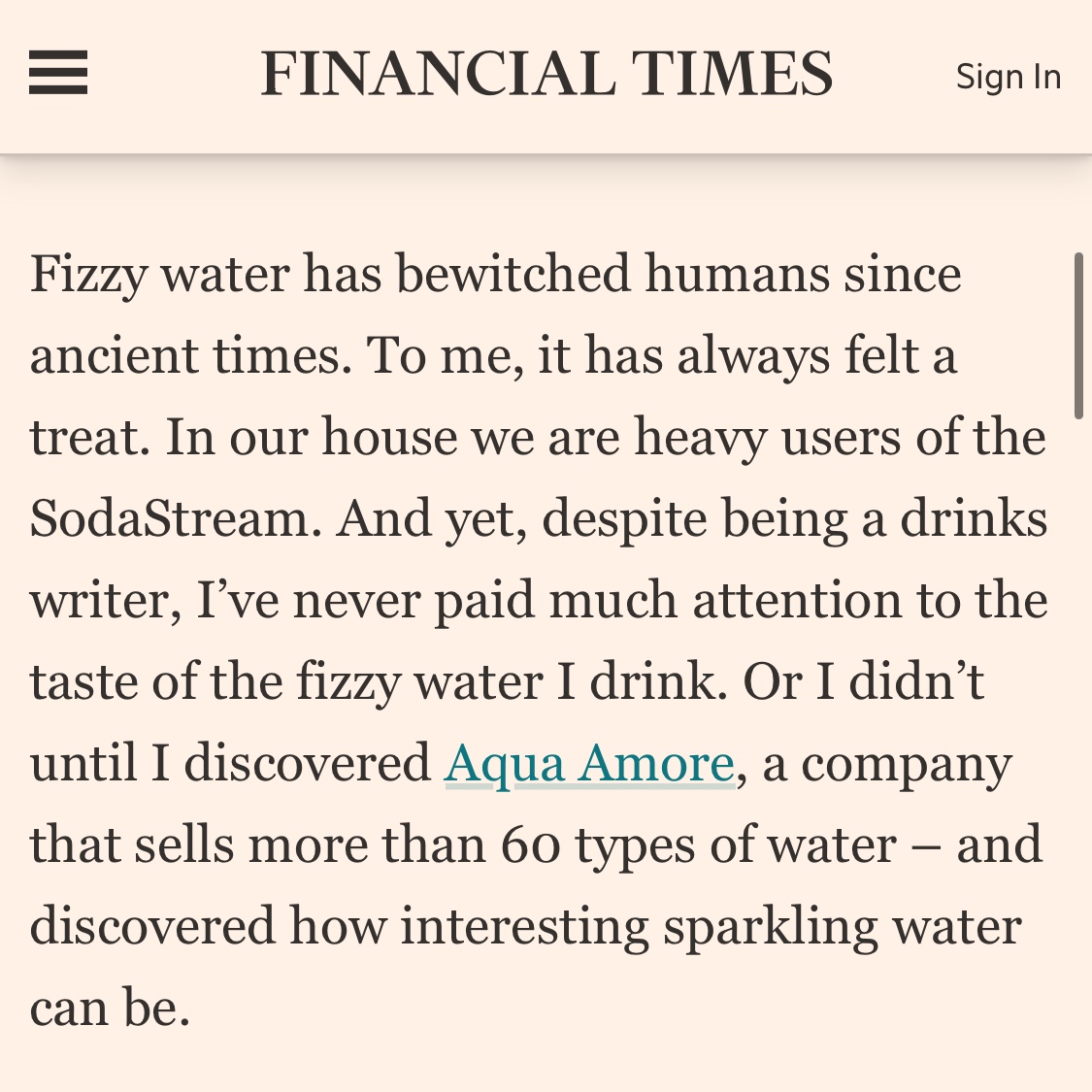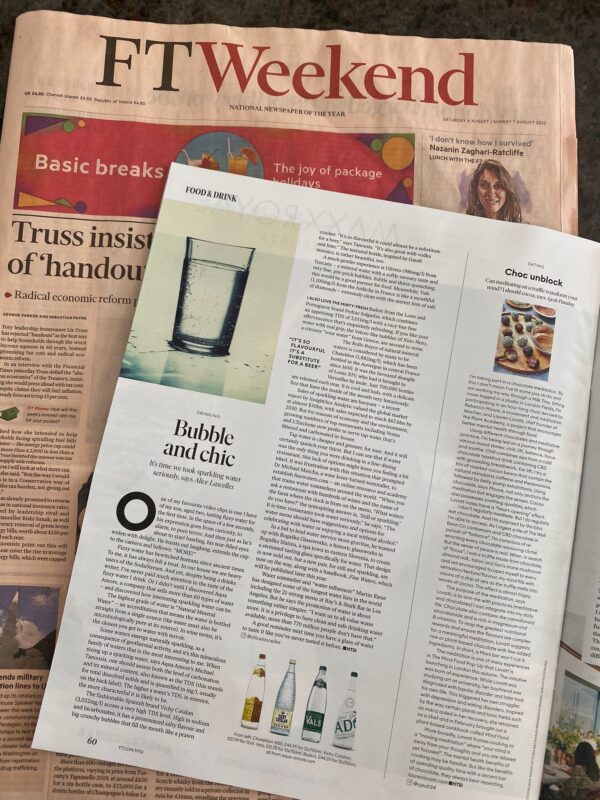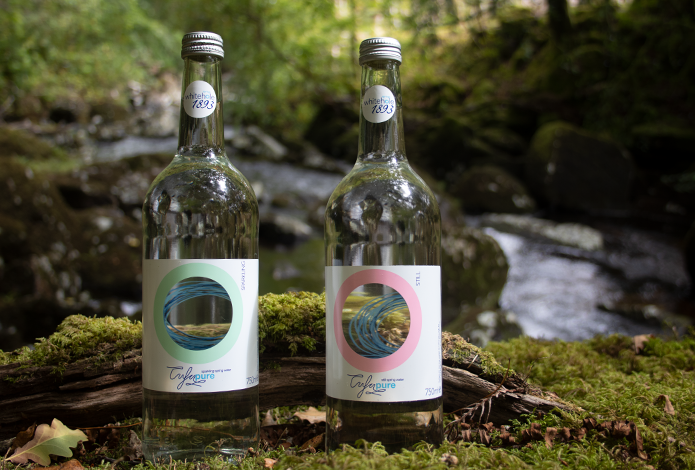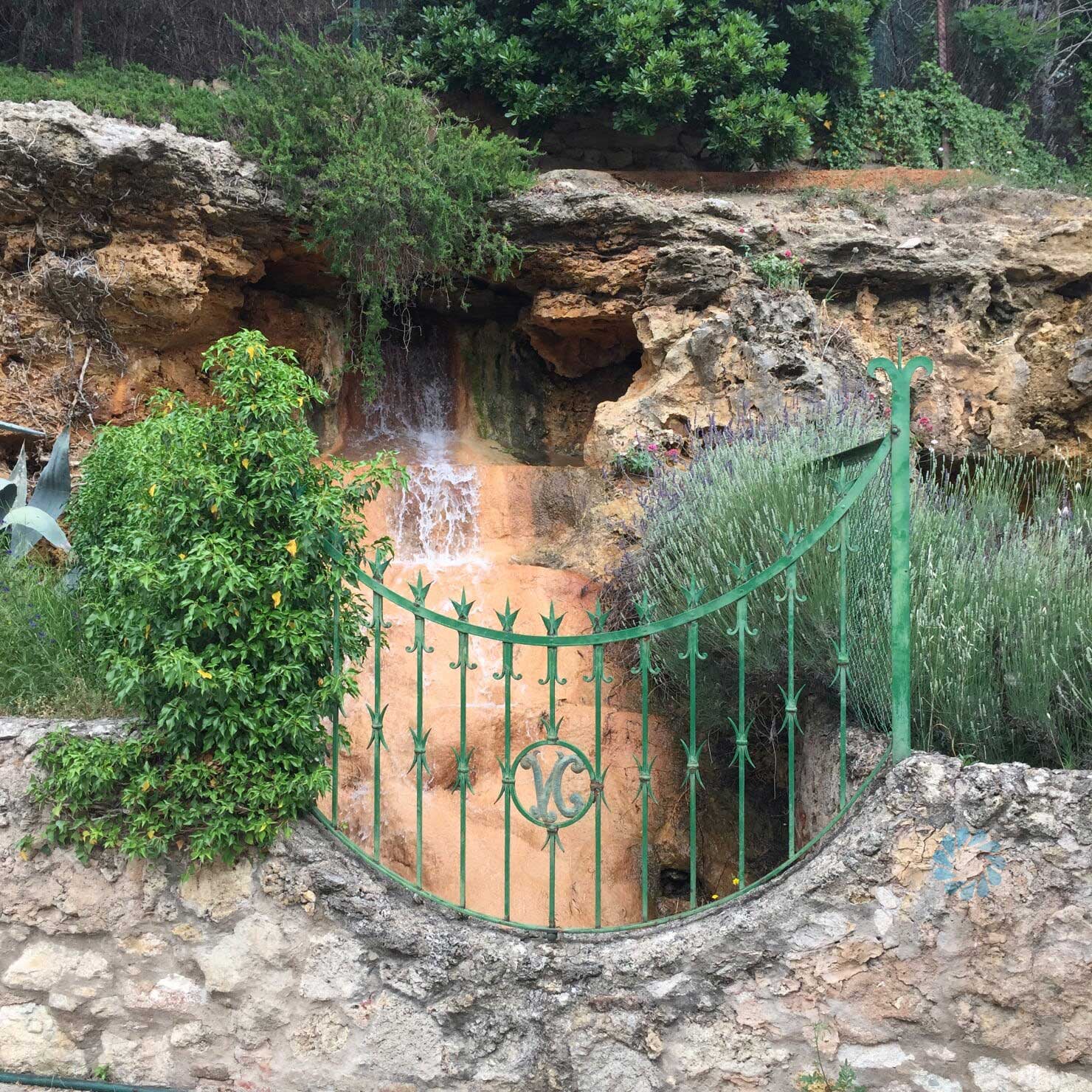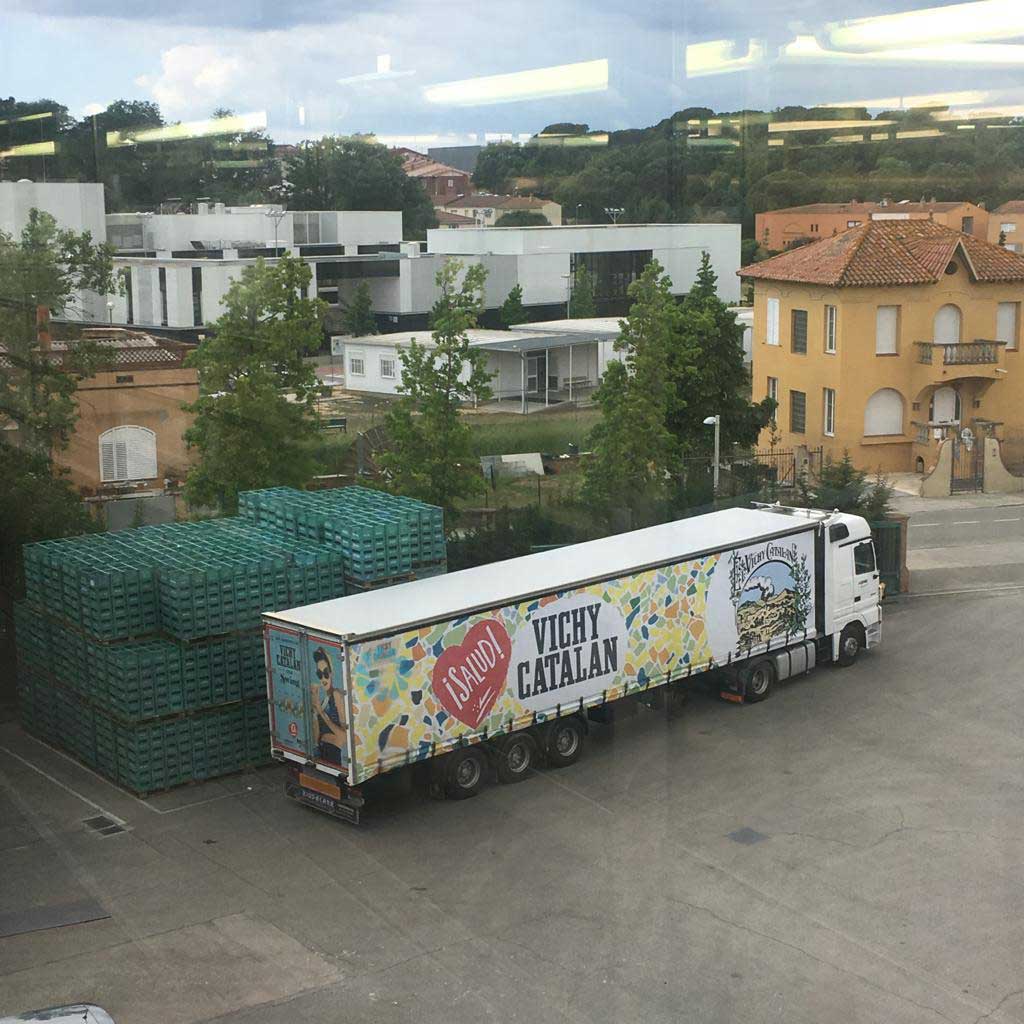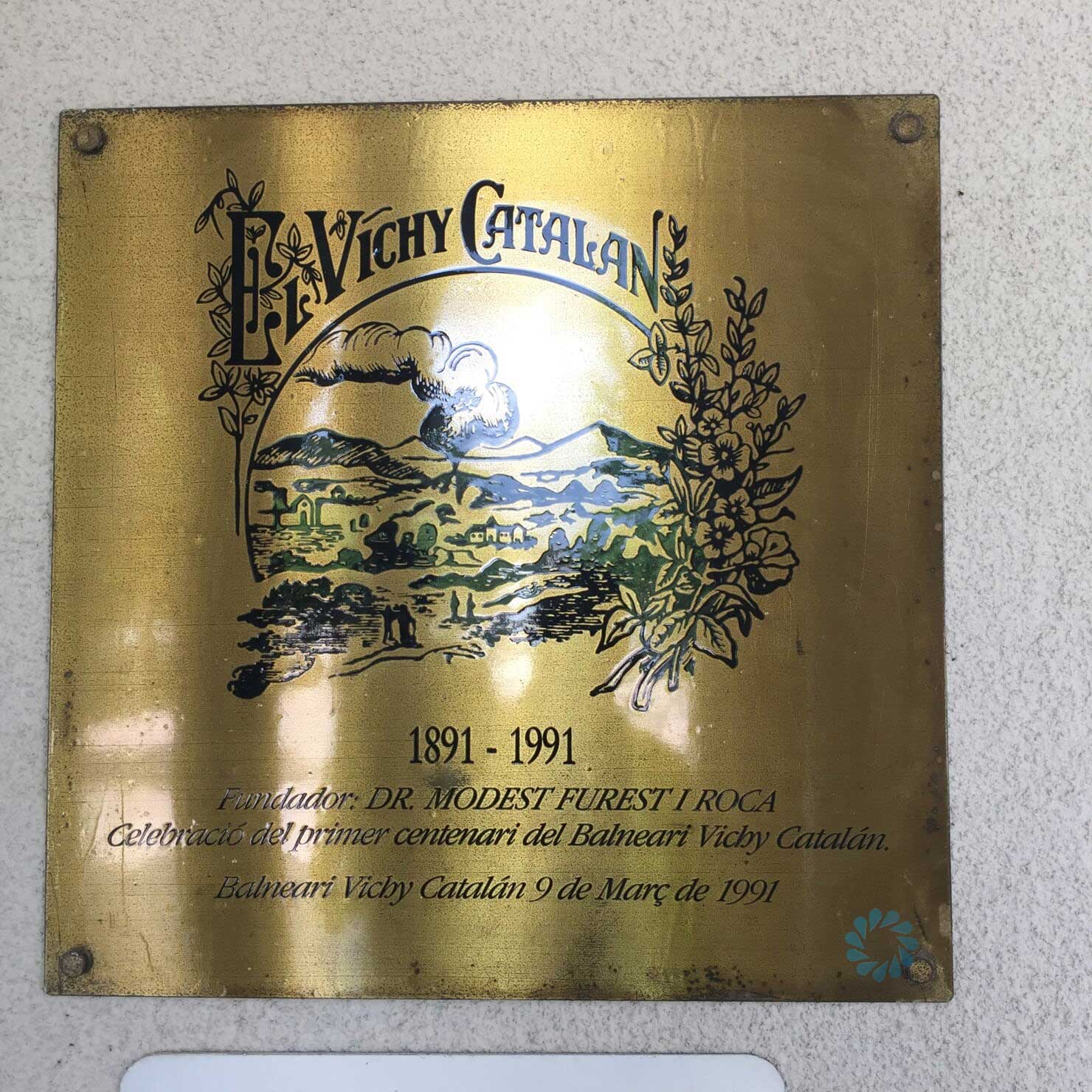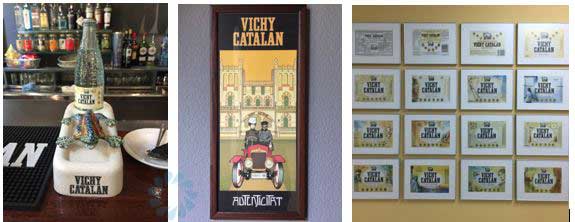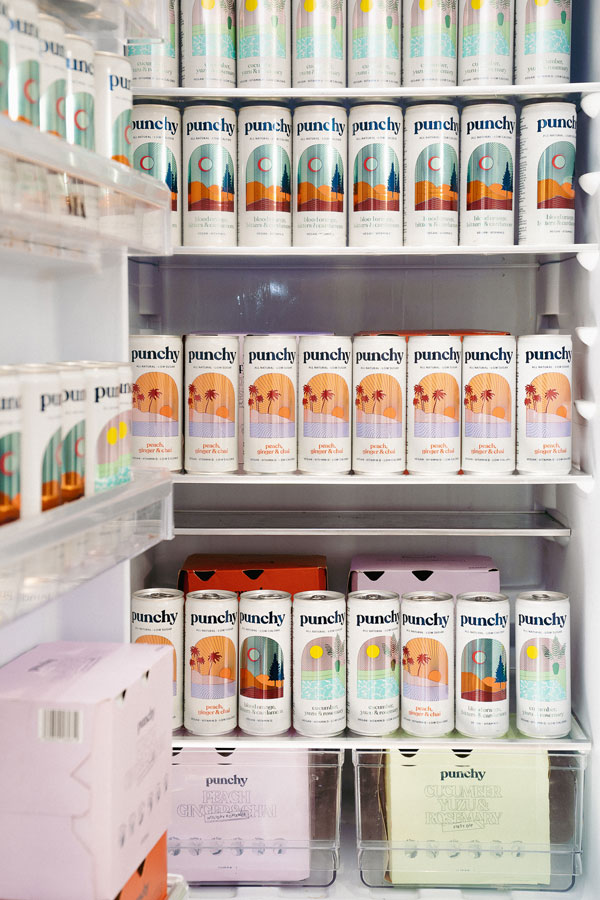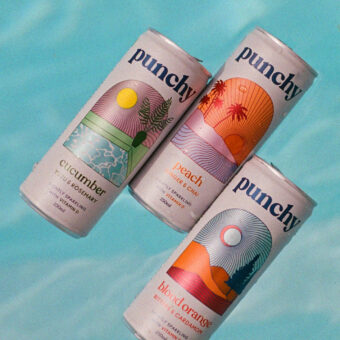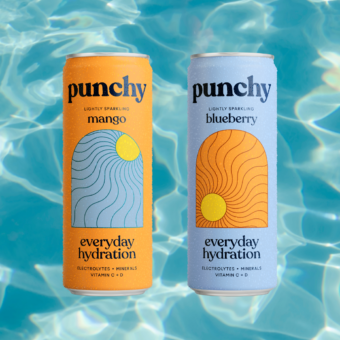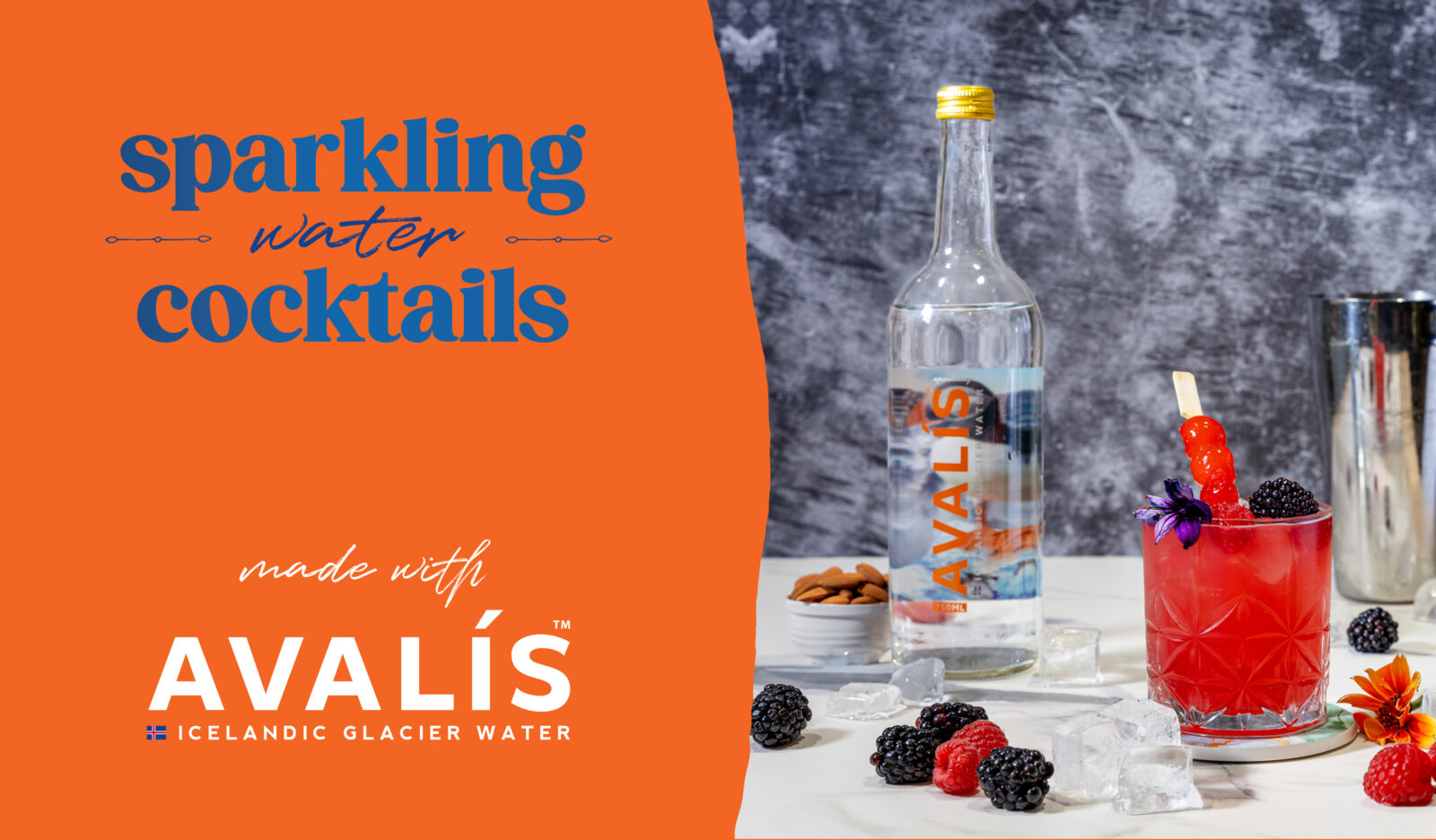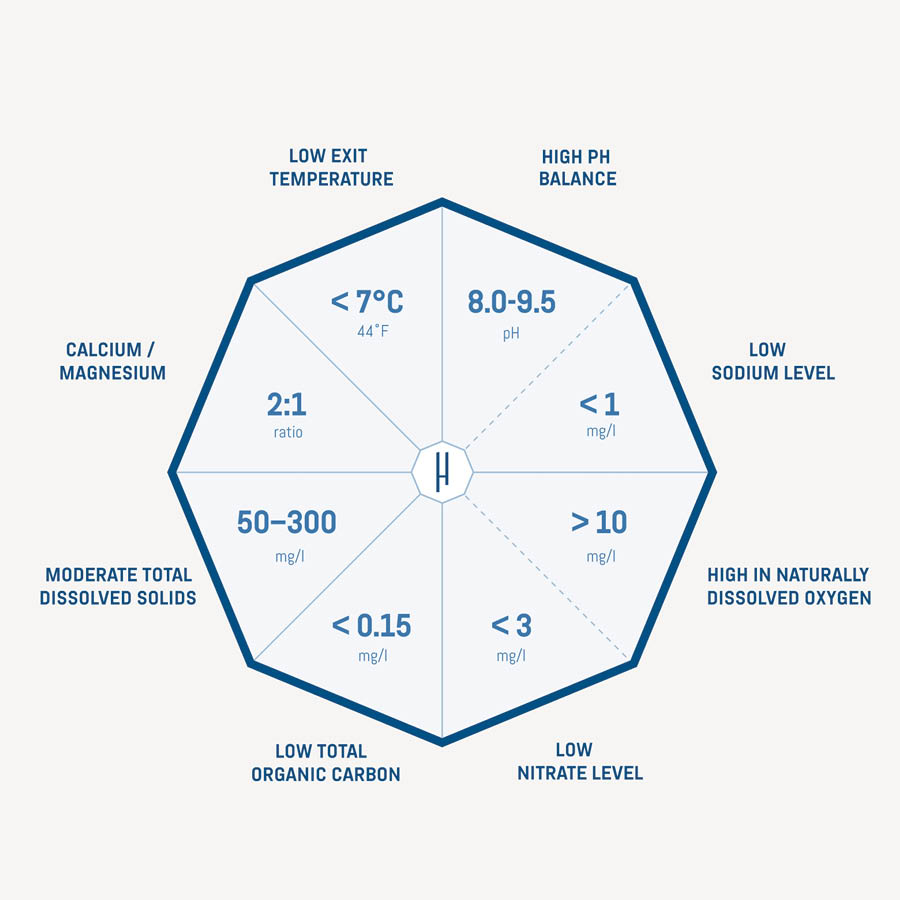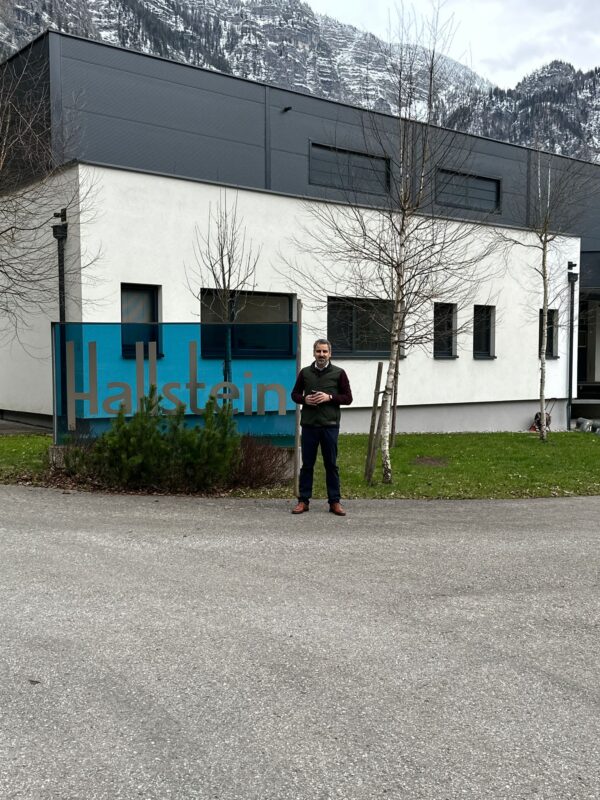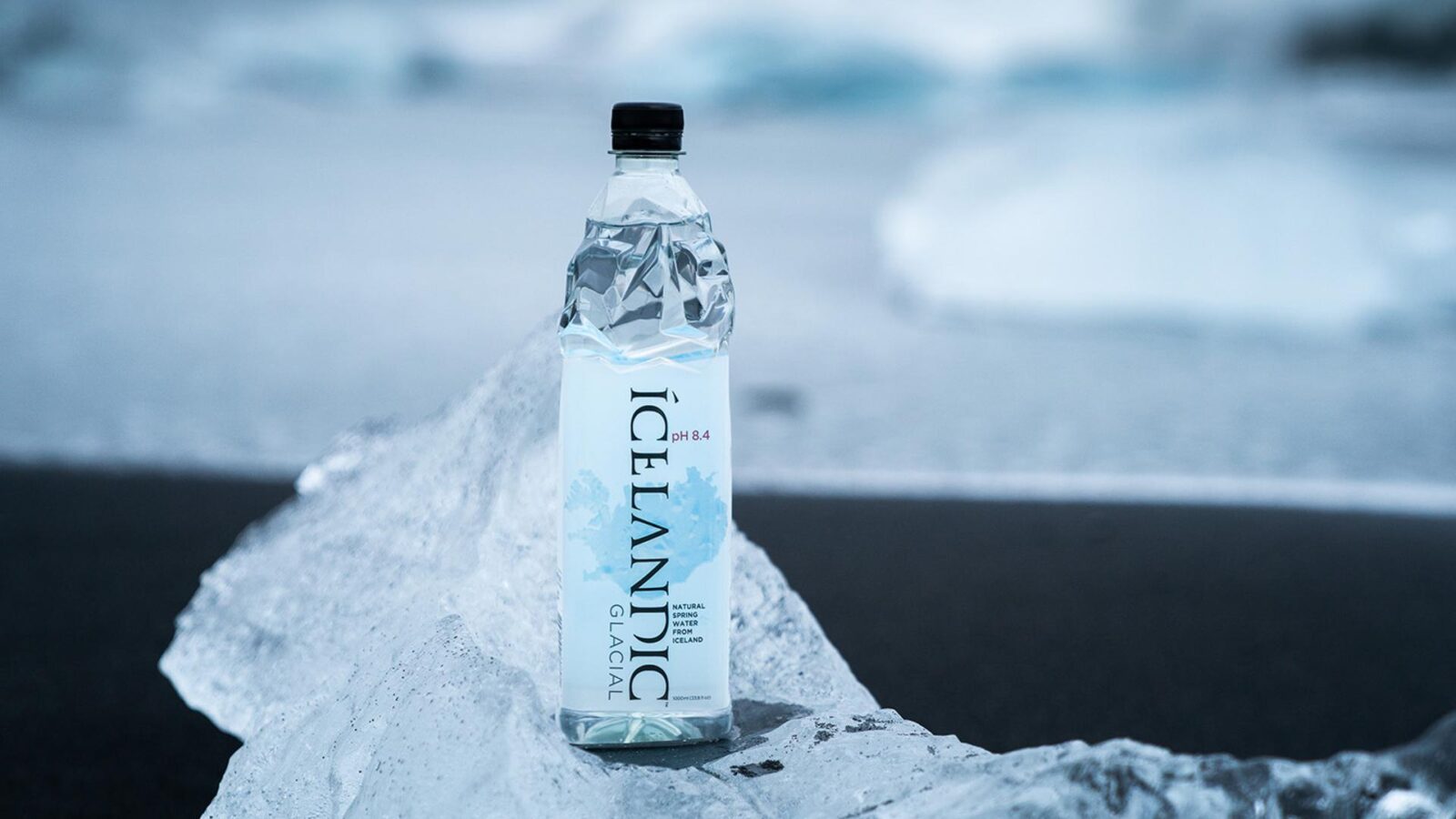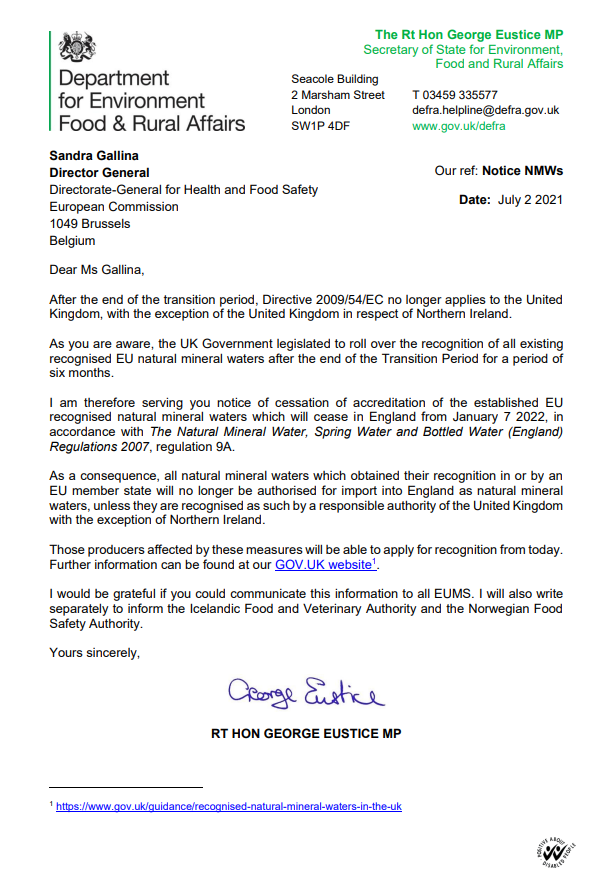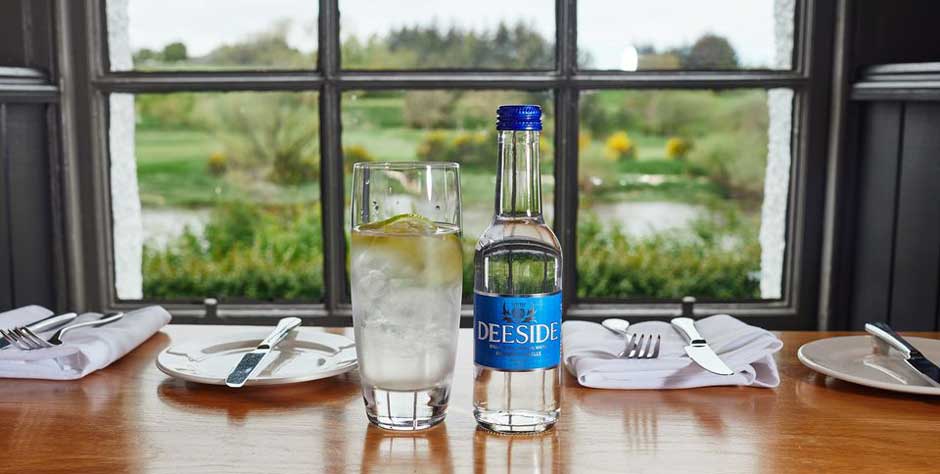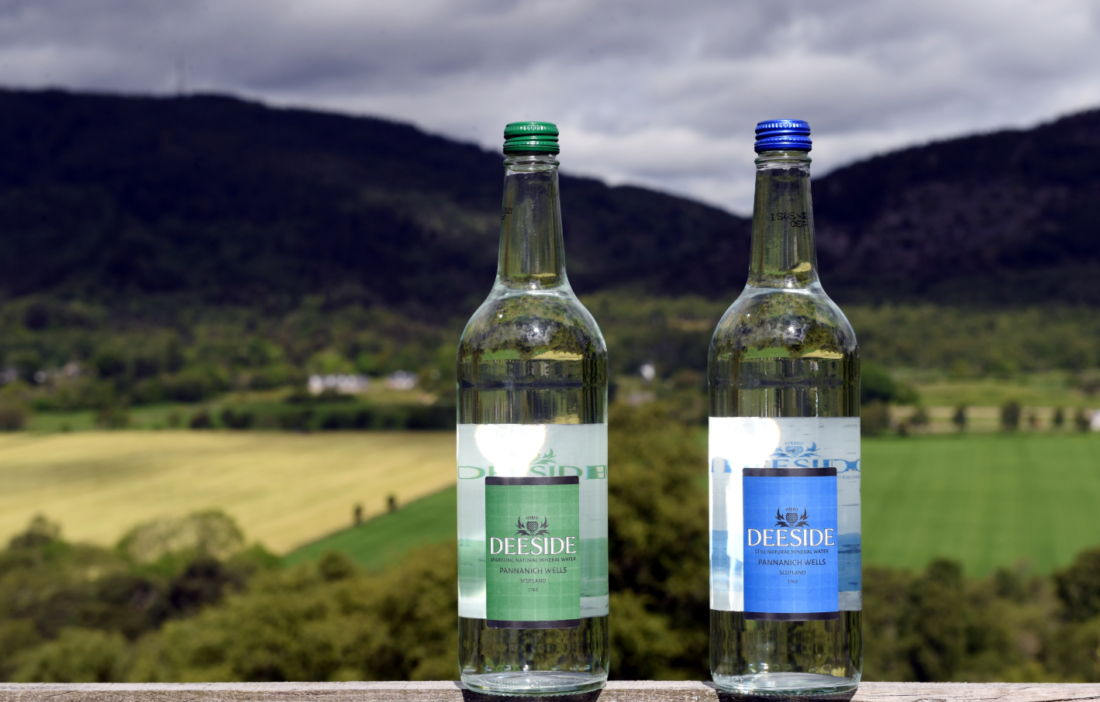Celebrate with Bubbles: Sparkling Cocktail Creations with Avalis Glacier Water
As we toast to Aqua Amore’s 16th birthday this November, what better way to celebrate than with a splash of effervescence from our latest addition, Avalis Glacier Water? In partnership with Avalis, we’re excited to present a series of delectable sparkling cocktail recipes, perfect for adding a touch of festivity to your gatherings.
Whether you’re a fan of mocktails or cocktails, these eight recipes are sure to bring a fizzy flair to your celebrations. Let’s dive into the sparkling world of Avalis and raise our glasses to another year of exceptional hydration and taste.
Mocktails
The Avalis Raspberry Rumble
Looking for a refreshing mocktail that you can enjoy all year round? Look no further than The Avalis Raspberry Rumble. A tantalising blend of tangy lime, sweet raspberry, and the fizzy punch of Avalis Sparkling Water. Garnish with fresh raspberries for a delightful finish.
Ingredients:
• Avalis Sparkling Water
• 50ml Raspberry juice
• 2 Fresh Basil Leaves
• Freshly Squeezed Lemon Juice
• Fresh Raspberries to Garnish
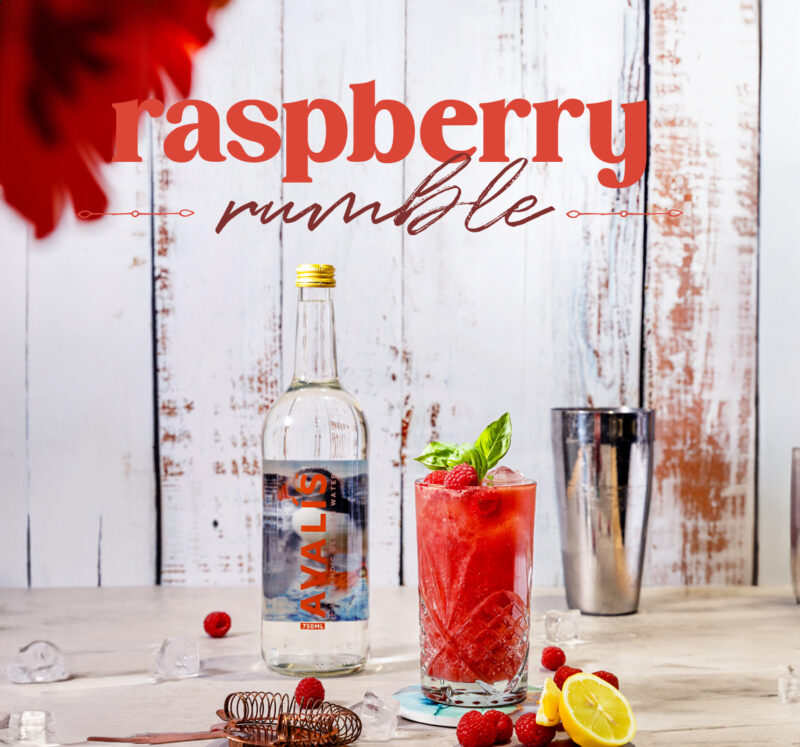
The Avalis Berry Burst
This refreshing and flavorful mocktail is very easy to make. With only a few ingredients, this can made for one or a crowd. A sure to be a hit at any holiday party.
Ingredients:
• Avalis Sparkling Water
• 40ml Cranberry Juice
• 20ml Orange Juice
• Half Freshly Squeezed Lime Juice
• 10ml Orgeat Syrup
• Fresh Berries to Garnish
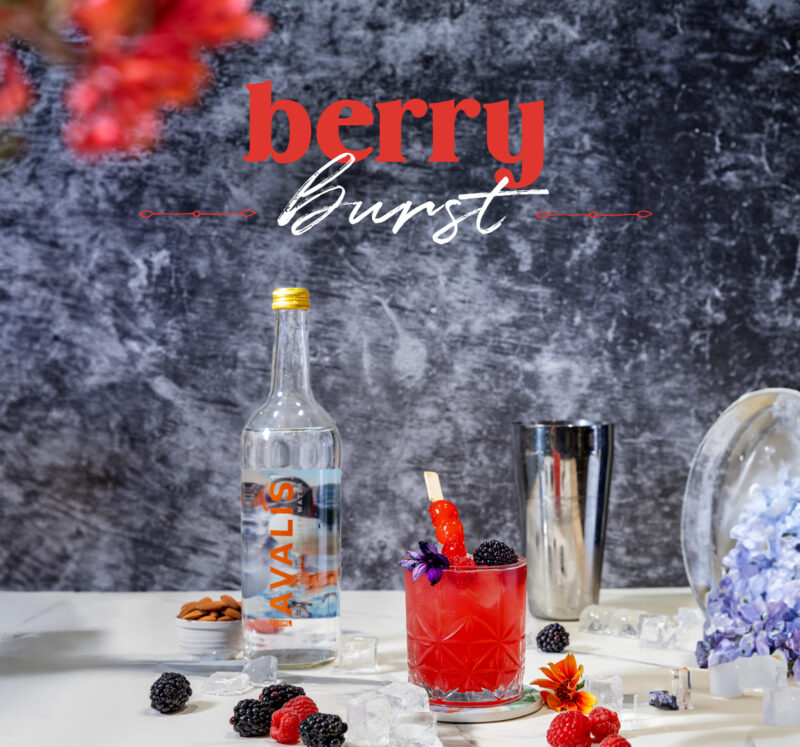
The Avalis Melon Mist
Savour the refreshing taste of The Avalis Melon Mist, a blend of juicy watermelon and freshly squeezed lime juice, enhanced with a dash of watermelon syrup and topped off with the fizzy goodness of Avalis Sparkling Water.
Ingredients:
• Avalis Sparkling Water
• Blended cup of Watermelon
• 15ml Watermelon Syrup
• Half Freshly Squeezed Lime Juice
• Mint Leaves
• Lime Wedge/Watermelon Slice to Garnish
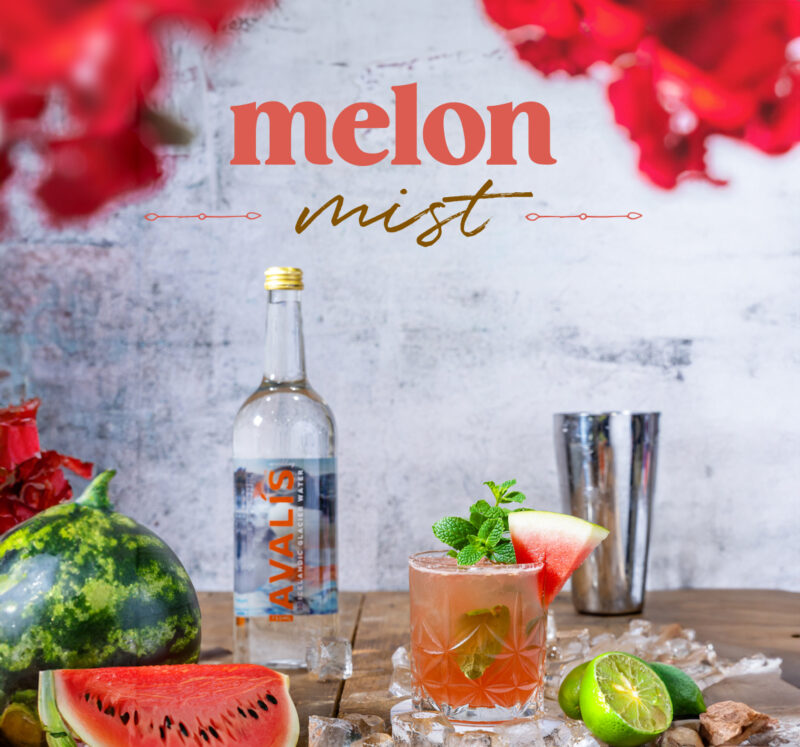
The Avalis Zingy Zest
Hosting a festive party this year? Wow your guests with this delicious and easy-to-make mocktail. With the perfect balance of flavours, this drink is full of refreshing zing. Just add ice, top it off with Avalis Sparkling Water, and let the celebration begin!
Ingredients:
• Avalis Sparkling Water
• 40ml Non-Alcoholic Tequila
• Half Freshly Squeezed Lime Juice
• 10ml Agave Syrup
• Lime Wedge to Garnish
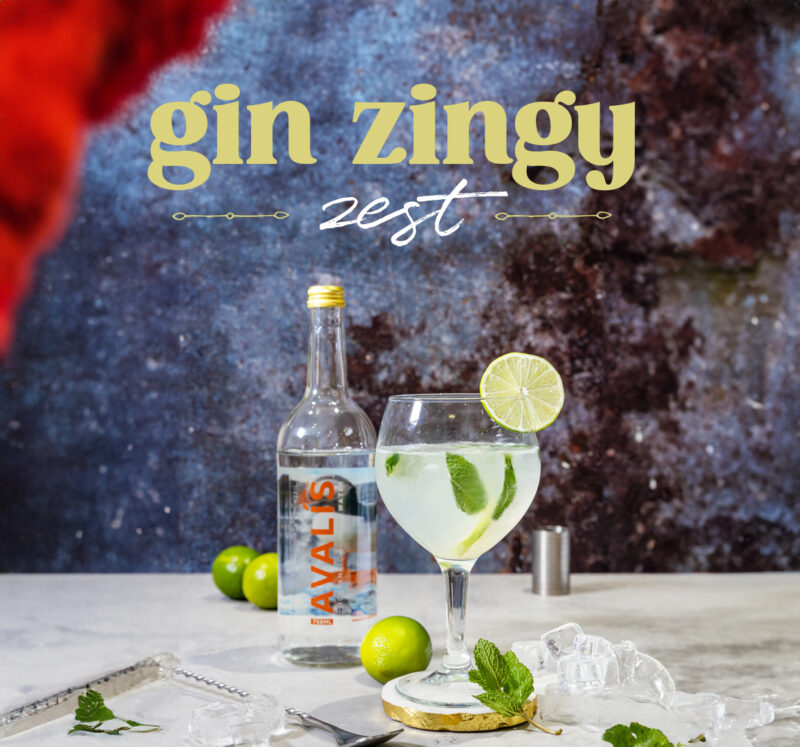
Cocktails
The Avalis Spiced Apple Martini
Introducing the delicious spiced apple martini. Made with apple juice, apple liqueur, maple syrup, ground cinnamon, and a hint of sloe gin. Top it off with Avalis Sparkling Water for some fizzy fun. Don’t forget to garnish with two cinnamon sticks for an extra touch of warmth.
Ingredients:
• Avalis Sparkling Water
• 30ml Apple Juice
• 25ml Apple Liqueur
• 10ml Maple Syrup
• 15ml Sloe Gin / Non-Alcoholic Sloe Gin
• Cinnamon Sticks to Garnish
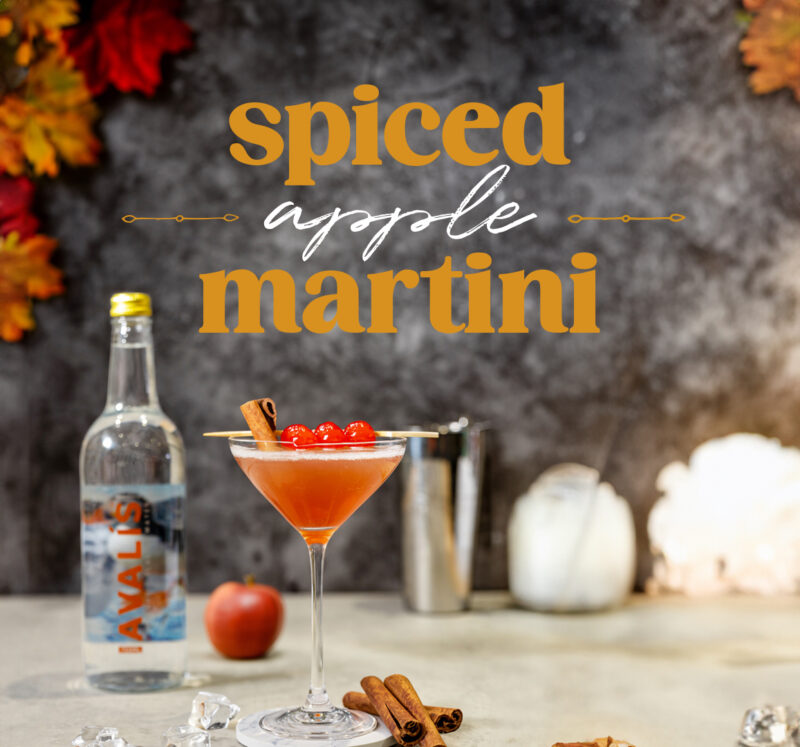
The Avalis Blooming Rose Mojito
A unique twist on the classic Mojito. The Avalis Blooming Rose Mojito is the perfect blend of flavours, topped off with a splash of Avalis Sparkling Water for that extra fizz.
Ingredients:
• Avalis Sparkling Water
• 35ml Gold Rum / Non-Alcoholic Gold Rum
• 20ml Rose syrup
• Lime Wedges and Mint Leaves
• Rose petals to Garnish
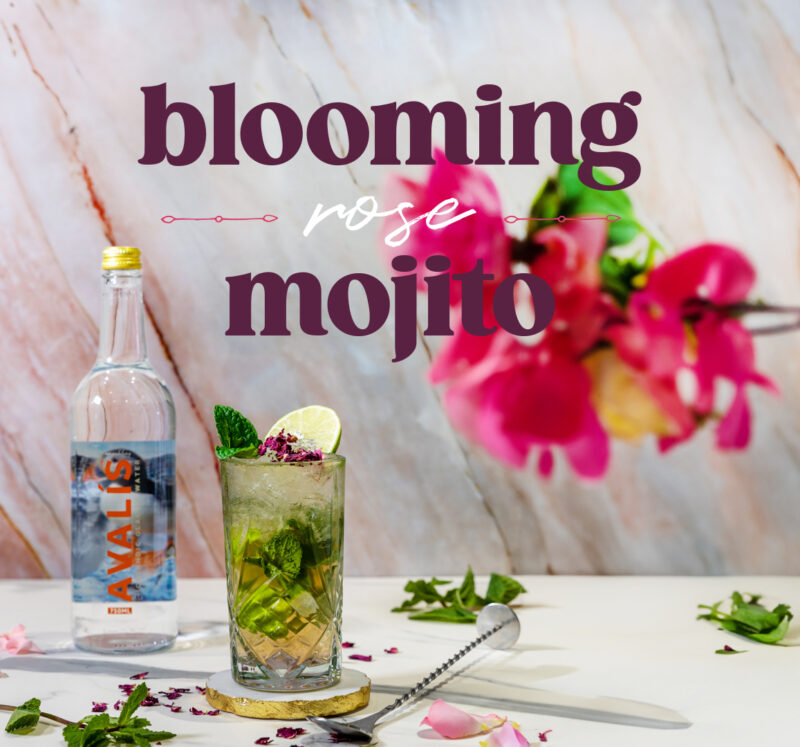
The Avalis Berry Breeze
Ready to elevate your cocktail game? The berry crush cocktail is a game changer. You won’t be able to resist its deliciousness. Give it a sip, and get ready for a flavour explosion.
Ingredients:
• Avalis Sparkling Water
• 40ml Vodka / Non-Alcoholic Vodka
• 15ml Creme De Cassis
• Juice of 1 Orange
• 5 Blackberries
• 2 tbsp Pomegranate Seeds to Garnish
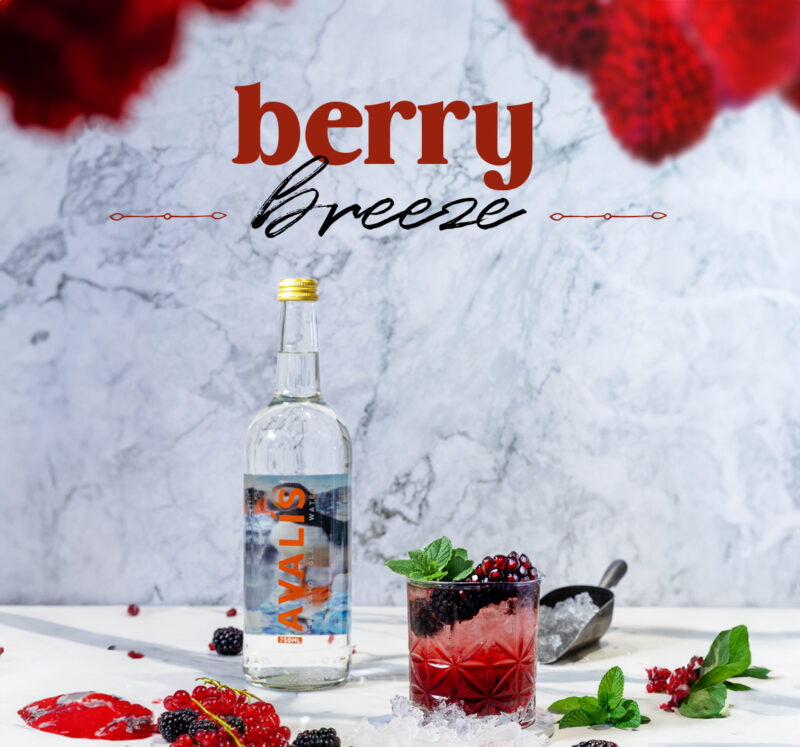
The Avalis Pink Gin Zing
Ready to take your tastebuds on a journey? This gin cocktail is here to make waves. The Avalis Sparkling Water enhances the experience, creating a light and invigorating texture.
Ingredients:
• Avalis Sparkling Water
• 35ml Gin / Non-Alcoholic Gin
• Fresh Lime juice
• 10ml Sugar Syrup
• Lime Wheels to Garnish

Mix up one of these bubbly concoctions at your next gathering. And be sure to stock up on Avalis Glacier Water to keep the festivities flowing. Available in both still and sparkling varieties, it will bring a touch of sophistication and refreshment to all of your holiday entertaining.
Shop here

 Prompt Delivery - By the case - Nationwide UK
Prompt Delivery - By the case - Nationwide UK

